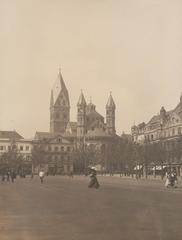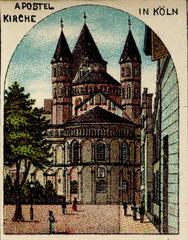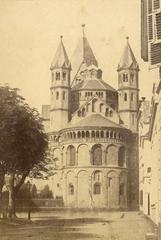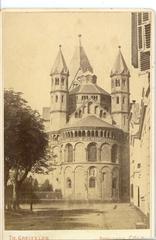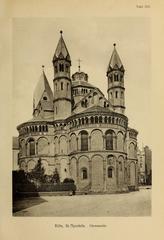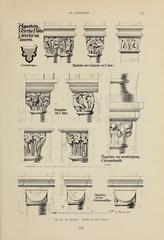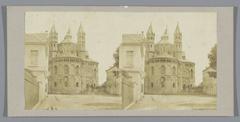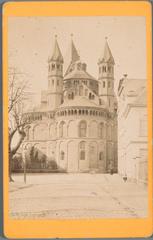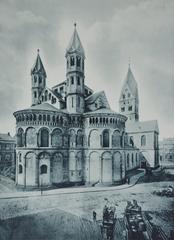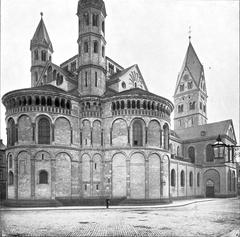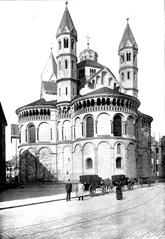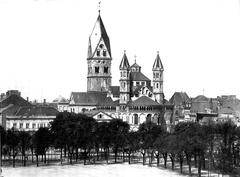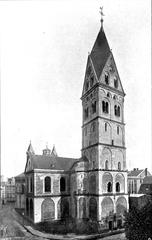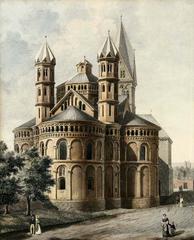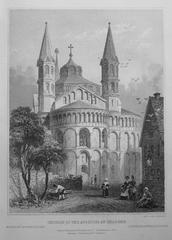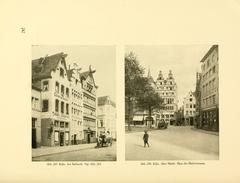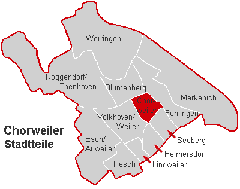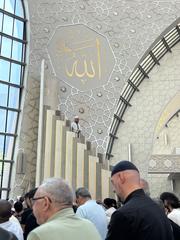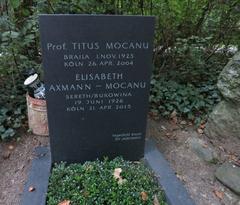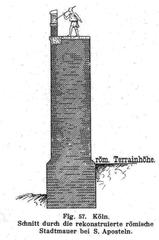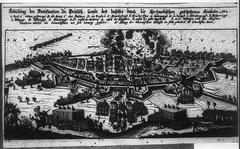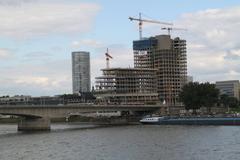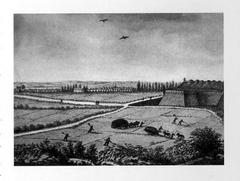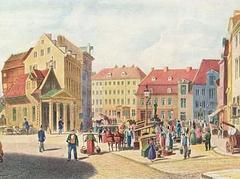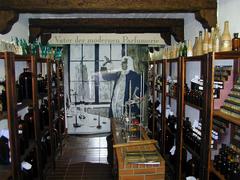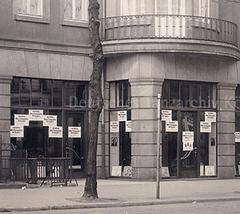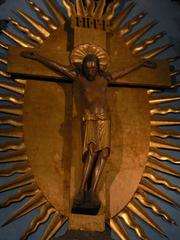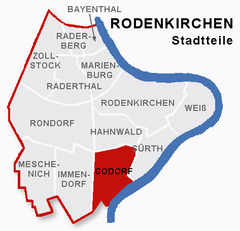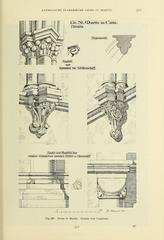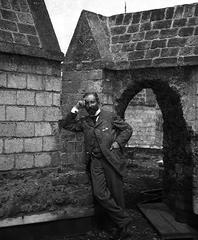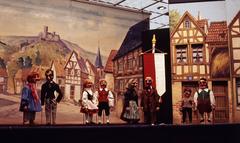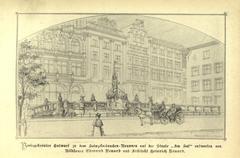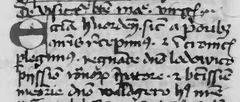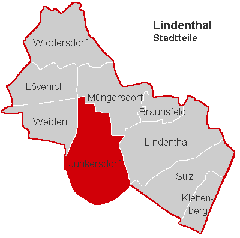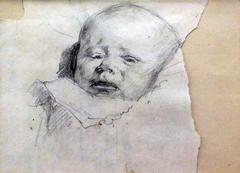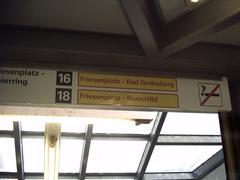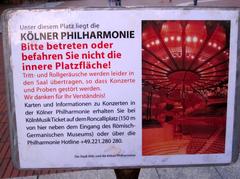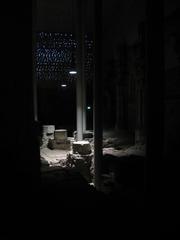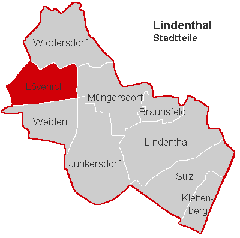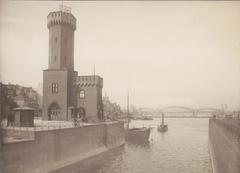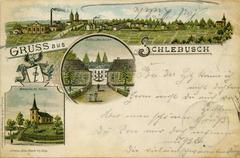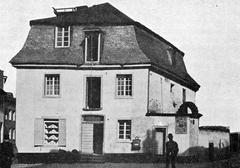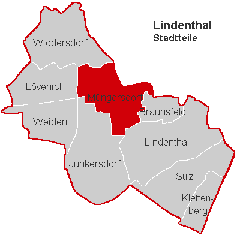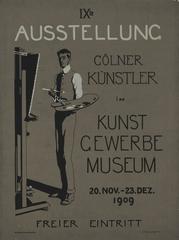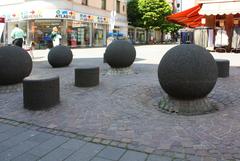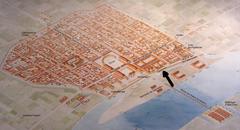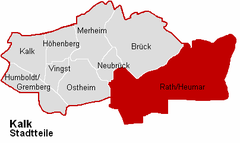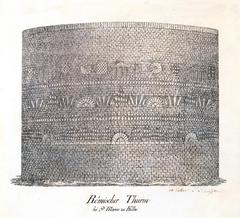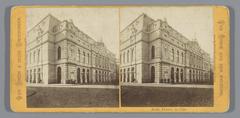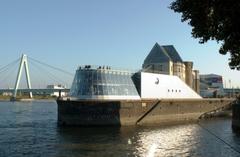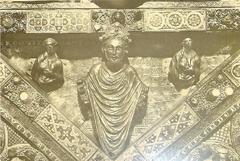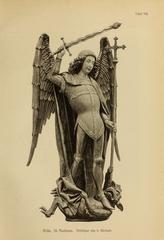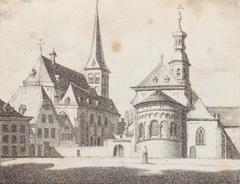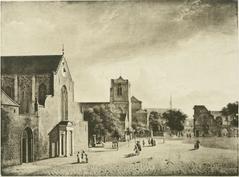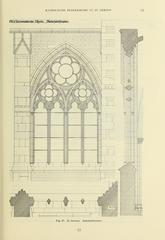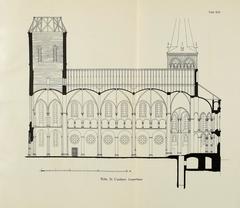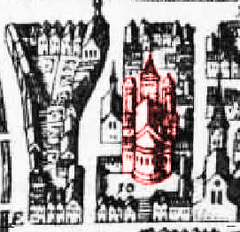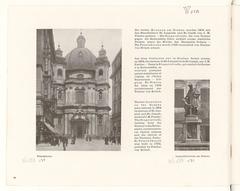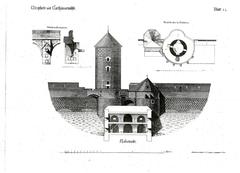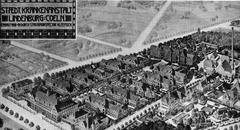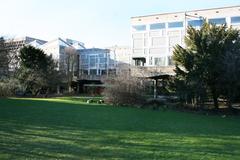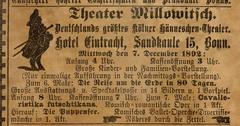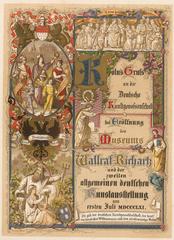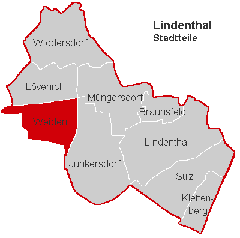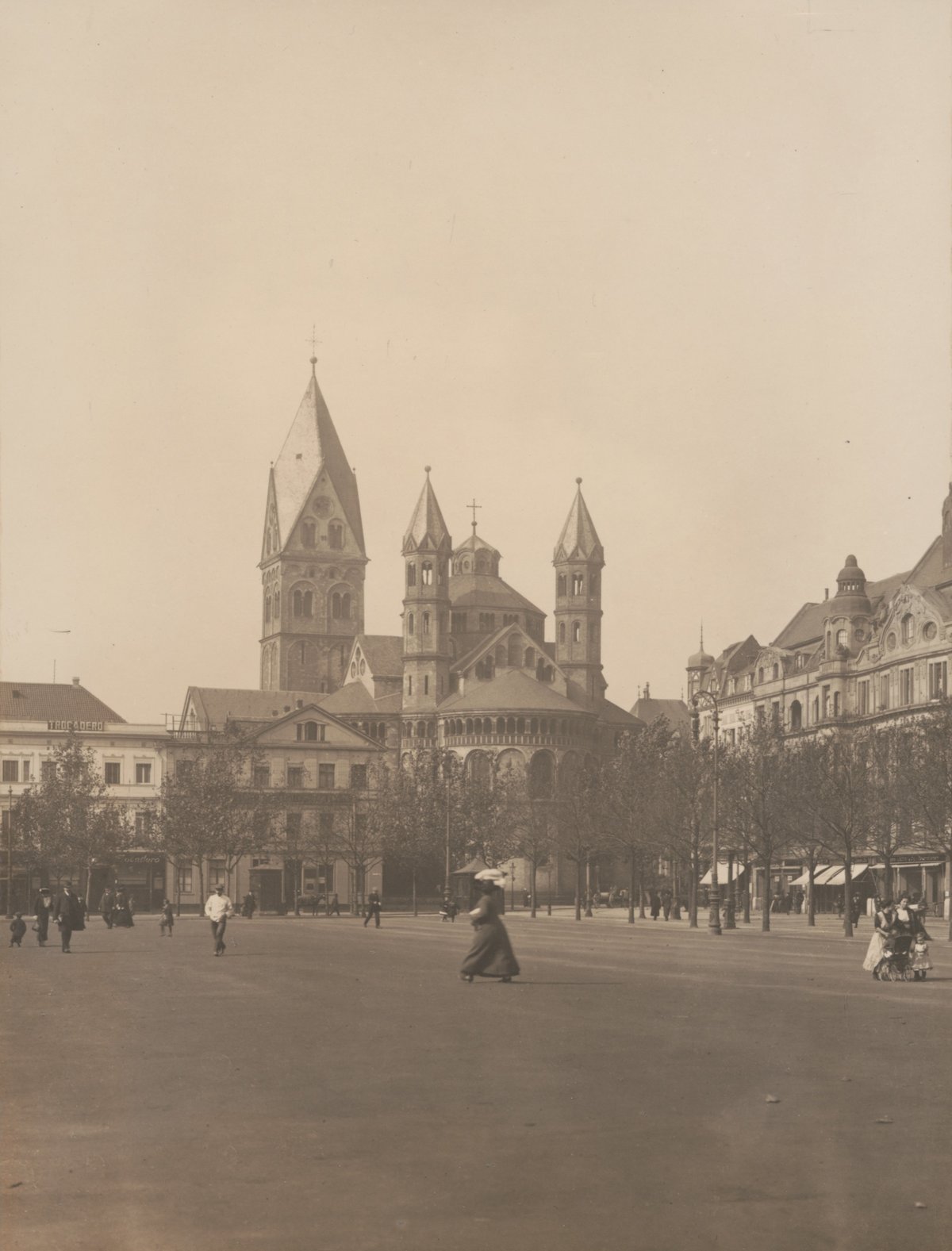
Comprehensive Guide to Visiting St. Aposteln, Cologne, Germany
Date: 31/07/2024
Introduction
St. Aposteln, known as the Basilica of the Holy Apostles, is a captivating historical site nestled in the heart of Cologne, Germany. This Romanesque church, with its rich history dating back to the 9th century, offers visitors a unique glimpse into medieval architecture and cultural significance. Originally part of a Roman settlement, the site where St. Aposteln now stands was integral to the urban fabric of Colonia Claudia Ara Agrippinensium, as Cologne was known during Roman times (Wikipedia). The church’s foundation as a collegiate church dedicated to the twelve apostles underscores its religious and historical importance, further enriched by its architectural evolution from Ottonian to Romanesque styles. St. Aposteln’s trefoil choir, a distinctive feature among Cologne’s Romanesque churches, highlights the architectural ingenuity of the period (Spotting History).
Over the centuries, St. Aposteln has not only served as a place of worship but also as a center for education and community gatherings. It housed important relics that attracted pilgrims, contributing to its wealth and prominence during the Middle Ages. The Protestant Reformation and World War II brought significant challenges and destruction to St. Aposteln, but the post-war restoration efforts have preserved its Romanesque character while incorporating modern construction techniques. Today, St. Aposteln remains a vibrant religious and cultural landmark, drawing numerous visitors to its stunning architecture and serene atmosphere (Spotted by Locals).
This guide aims to provide comprehensive information on St. Aposteln’s history, architectural features, visitor tips, and practical details to enhance your visit to this remarkable site.
Table of Contents
- Introduction
- Historical Background
- Modern-Day Significance
- Preservation Efforts
- Visitor Information
- Recommended Times to Visit and Special Events
- Frequently Asked Questions (FAQ)
- Conclusion
Historical Background
Early Origins and Roman Influence
St. Aposteln, one of the twelve Romanesque churches in Cologne, has a rich history that dates back to the early Middle Ages. The site where St. Aposteln stands today was originally part of a Roman settlement. Cologne, known as Colonia Claudia Ara Agrippinensium during Roman times, was a significant urban center in the Roman Empire. The church’s location in the heart of Cologne’s Old Town underscores its historical importance.
Foundation and Early Development
The foundation of St. Aposteln can be traced back to the 9th century. It was initially established as a collegiate church, which means it was a church served by a college of canons. These canons were clergy who lived communally and were responsible for the church’s liturgical functions. The church was dedicated to the twelve apostles, which is reflected in its name, “St. Aposteln.”
Architectural Evolution
The architectural style of St. Aposteln has evolved significantly over the centuries. The original structure was built in the Ottonian style, characterized by its massive and solid construction. However, the church underwent major renovations and expansions during the 11th and 12th centuries, transitioning to the Romanesque style that is prominent today. This style is marked by semi-circular arches, robust structure, and large towers.
One of the most notable features of St. Aposteln is its trefoil choir, which consists of three apses arranged in a cloverleaf pattern. This design is unique among the Romanesque churches in Cologne and highlights the architectural innovation of the period.
Medieval Significance
During the Middle Ages, St. Aposteln played a crucial role in the religious and social life of Cologne. The church was not only a place of worship but also a center for education and community gatherings. The canons of St. Aposteln were influential figures in the city, often involved in local governance and charitable activities.
The church also housed important relics, which attracted pilgrims from various regions. These relics included the remains of saints and martyrs, which were believed to have miraculous powers. The influx of pilgrims contributed to the church’s wealth and prominence.
Impact of the Reformation
The Protestant Reformation in the 16th century had a profound impact on St. Aposteln, as it did on many other churches in Europe. Cologne remained a predominantly Catholic city, but the Reformation brought about significant religious and political changes. The church had to navigate the challenges posed by the growing Protestant movement while maintaining its Catholic identity.
Destruction and Reconstruction
St. Aposteln, like much of Cologne, suffered extensive damage during World War II. The church was heavily bombed, and much of its structure was reduced to ruins. However, the post-war period saw a concerted effort to restore the city’s historical landmarks, including St. Aposteln.
The reconstruction of St. Aposteln began in the 1950s and continued into the 1970s. The restoration aimed to preserve the church’s Romanesque character while incorporating modern construction techniques. Today, St. Aposteln stands as a testament to the resilience and dedication of the people of Cologne.
Modern-Day Significance
In contemporary times, St. Aposteln continues to be an important religious and cultural landmark in Cologne. The church is an active place of worship, hosting regular services and religious ceremonies. It also serves as a venue for concerts, exhibitions, and community events, reflecting its enduring role as a center for communal life.
The church’s historical and architectural significance attracts numerous visitors each year. Tourists and locals alike are drawn to its stunning Romanesque architecture, intricate interior decorations, and serene atmosphere. St. Aposteln is also part of the “Romanesque Churches of Cologne” tour, which highlights the city’s rich ecclesiastical heritage.
Preservation Efforts
Preserving St. Aposteln for future generations is a priority for the local community and heritage organizations. Ongoing conservation efforts focus on maintaining the structural integrity of the church and protecting its valuable artworks and relics. These efforts ensure that St. Aposteln remains a vibrant and accessible part of Cologne’s cultural landscape.
Visitor Information
Opening Hours
The church is generally open to visitors from 9:00 AM to 6:00 PM. However, it is advisable to check the official website or contact the church directly for any changes in opening hours, especially during religious holidays or special events.
Tickets
Admission to St. Aposteln is typically free, but donations are appreciated. Special events or guided tours may have associated costs, so it’s best to check in advance.
Guided Tours
To fully appreciate the historical and architectural significance of St. Aposteln, consider joining a guided tour. These tours provide in-depth insights into the church’s history, architecture, and art.
Photography
Photography is allowed inside the church, but be respectful of ongoing services and other visitors. Flash photography may be restricted to protect the artworks.
Accessibility
St. Aposteln is accessible to visitors with mobility issues. There are ramps and designated areas for wheelchair users.
Nearby Attractions
St. Aposteln is located in Cologne’s Old Town, which is home to several other historical landmarks, including the Cologne Cathedral, the Roman-Germanic Museum, and the Hohenzollern Bridge. Plan your visit to include these nearby attractions for a comprehensive experience of Cologne’s rich history.
Recommended Times to Visit and Special Events
St. Aposteln is a year-round destination, but visiting during the spring and summer months offers pleasant weather and vibrant city life. Special events such as Christmas markets and religious festivals also provide unique experiences.
Frequently Asked Questions (FAQ)
Q: What are the visiting hours for St. Aposteln? A: The church is generally open from 9:00 AM to 6:00 PM, but it’s advisable to check their official website for any changes.
Q: Are there guided tours available at St. Aposteln? A: Yes, guided tours are available and provide in-depth insights into the church’s history and architecture.
Q: Is there an admission fee for St. Aposteln? A: Admission is typically free, but donations are appreciated. Special events or guided tours may have associated costs.
Q: Is St. Aposteln accessible for visitors with mobility issues? A: Yes, the church is accessible, with ramps and designated areas for wheelchair users.
Conclusion
St. Aposteln stands as a testament to Cologne’s rich historical and architectural heritage. Its journey from a Roman settlement to a significant Romanesque church reflects the city’s evolving religious and cultural landscape. Despite the challenges of the Reformation and the destruction during World War II, the resilience and dedication of the local community have ensured that St. Aposteln remains a landmark of historical and architectural significance (Sygic Travel). Today, it continues to be an active place of worship and a hub for cultural events, drawing visitors from around the world to appreciate its unique architectural features, such as the trefoil choir and the dome, as well as its vibrant interior frescoes by Hermann Gottfried (Spotted by Locals).
For visitors, St. Aposteln offers a rich tapestry of history and culture, set against the backdrop of Cologne’s bustling Old Town. Whether you’re exploring its architectural marvels, attending a religious service, or participating in a guided tour, St. Aposteln provides a multifaceted experience that enriches your understanding of Cologne’s past and present. To make the most of your visit, consider the practical tips provided in this guide, from visiting hours and accessibility to nearby attractions and dining options. As you plan your trip, remember to check for any special events or services that may enhance your experience. By immersing yourself in the history and beauty of St. Aposteln, you’ll gain a deeper appreciation for one of Cologne’s most cherished landmarks (Collective Travel Guides).
